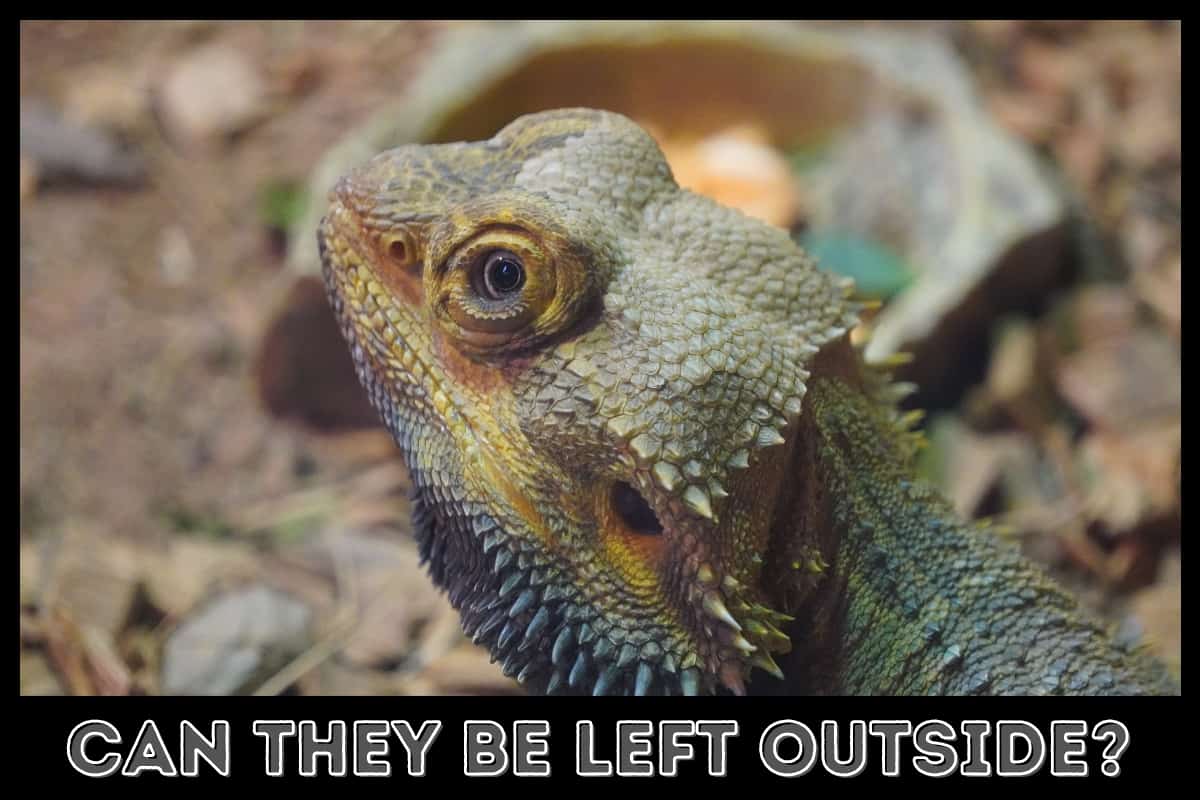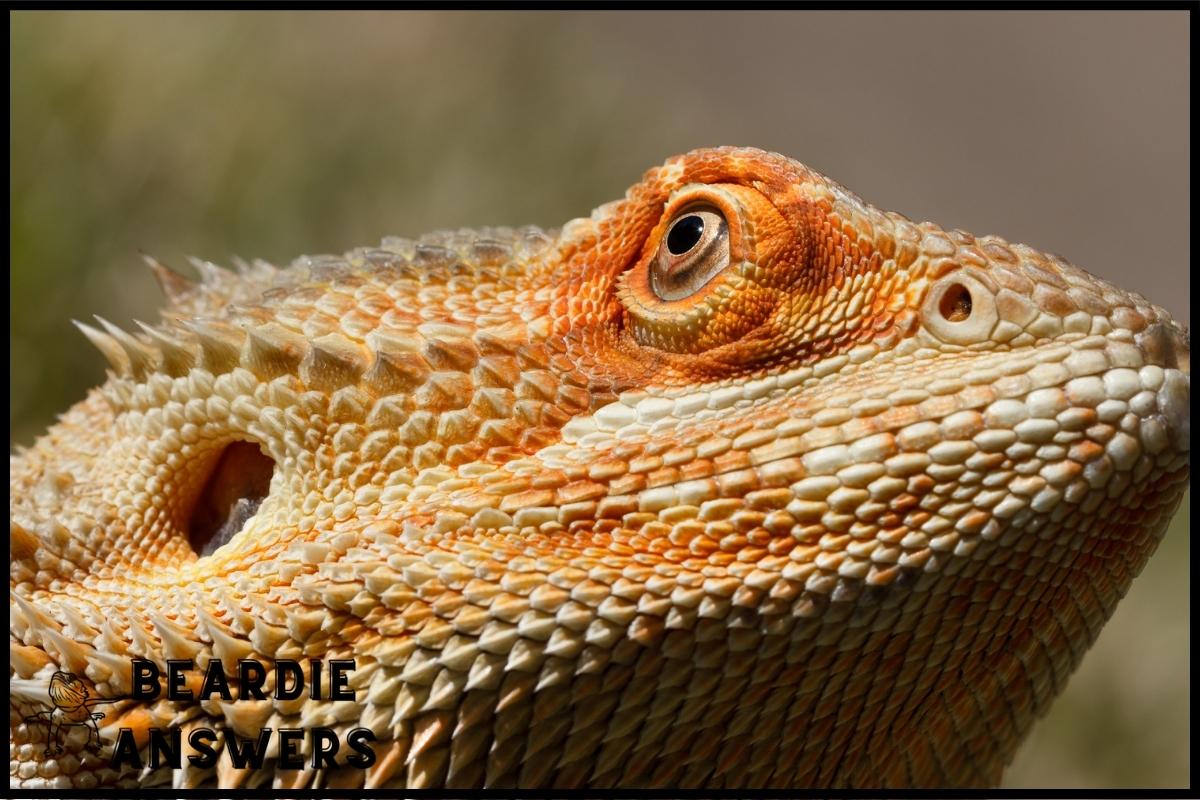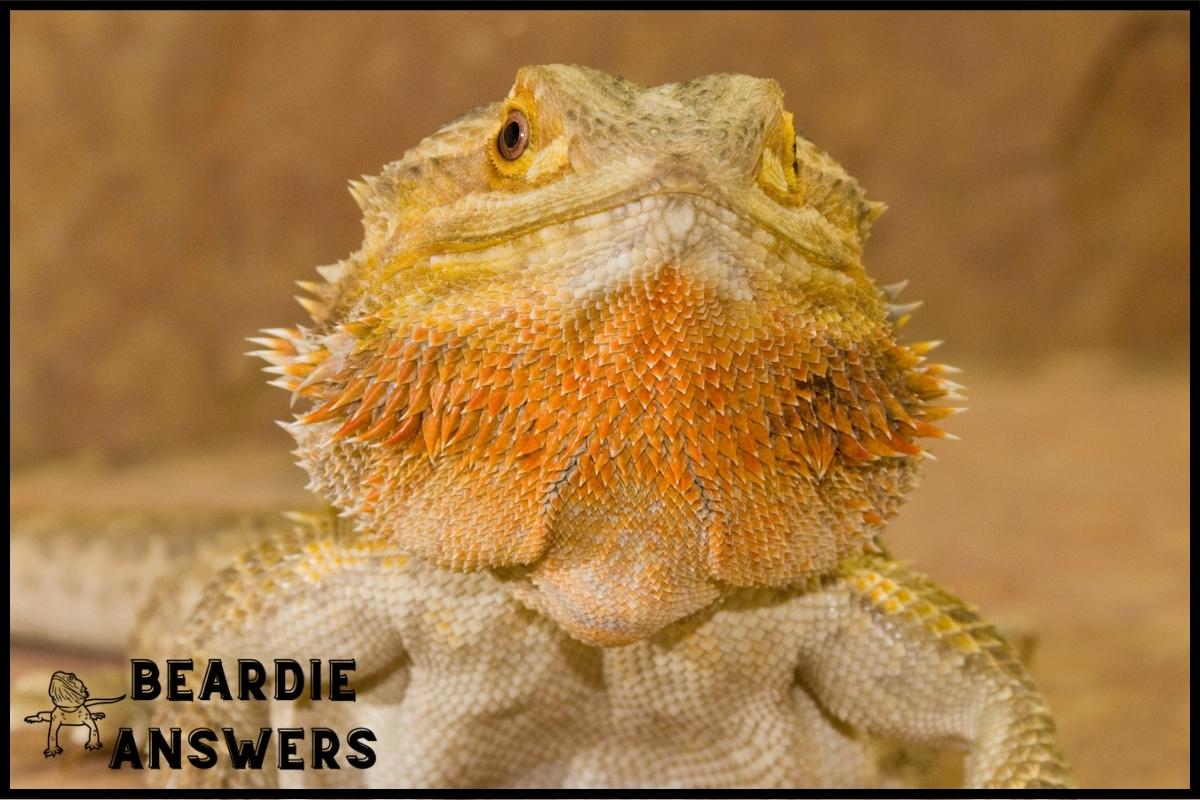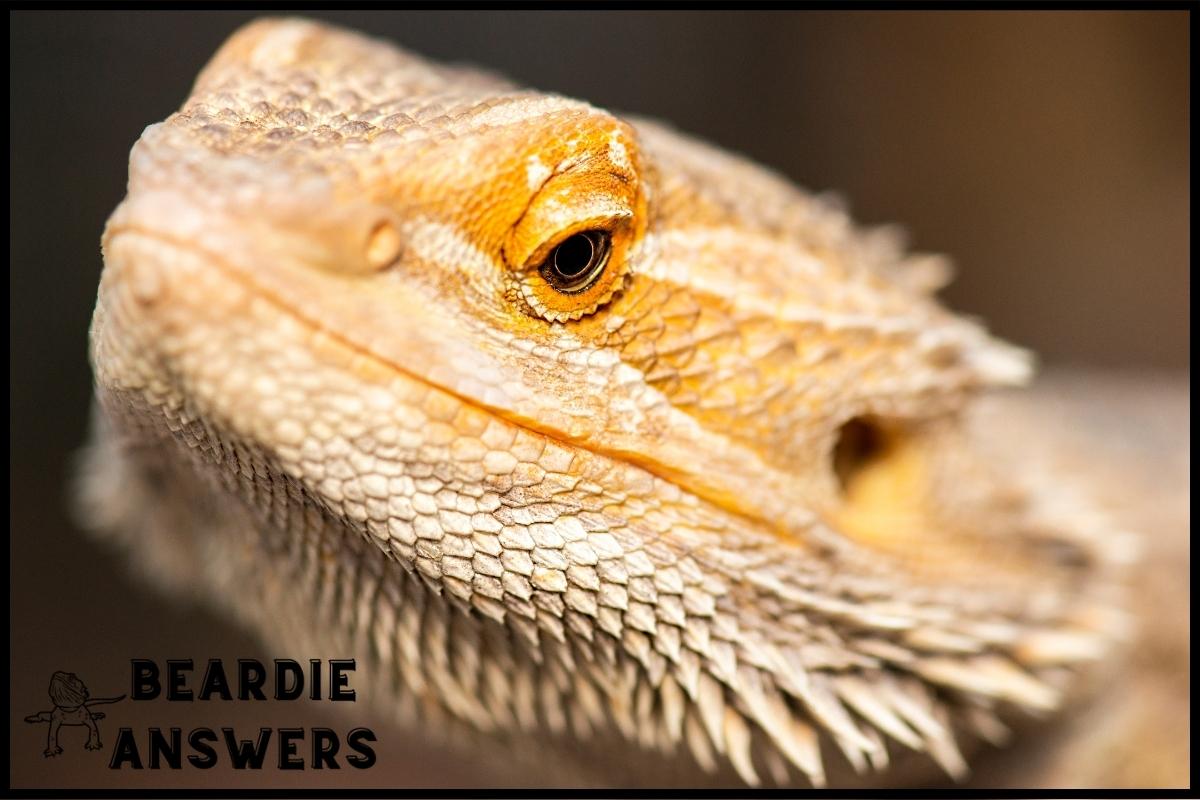Bearded dragons are among the most adorable and popular pet lizards. Many owners fantasize about having their bearded dragon run around in their backyard, but is this even possible? Can I leave my bearded dragon outside?
The answer is yes, and we are here to tell you how!
What You'll Learn
What is the Ideal Outdoor Habitat for Bearded Dragons?
A bearded dragon’s ideal outdoor habitat should provide plenty of sun and shade, as well as a secure and escape-proof enclosure.
The enclosure should be well-ventilated and large enough to accommodate the dragon’s movements. To keep your beardie comfortable, provide a basking area, such as a flat rock, and use an overhead UVA basking bulb of 50-75 watts to mimic the sun’s rays.
Temperature and humidity levels should be monitored as well to ensure the dragon’s health. Predators and other animals should also be kept away from the enclosure to keep them safe from harm.
Your bearded dragon can live happily outdoors in the right conditions.
Enclosure Type and Size
The type and size of enclosure is an important consideration when it comes to the best outdoor habitat for bearded dragons.
It is best to choose a desert terrarium to closely mimic their natural environment. A 20-gallon tank is the recommended minimum size for young bearded dragons.
Adult bearded dragons 16 inches or larger, on the other hand, require at least a 40-gallon enclosure.
Wood, melamine, and glass cages can also be used, but glass does not provide the same flexibility as a terrarium.
Include a 50-75 watt UVA basking bulb to simulate the sun’s intense rays. You can also provide hammocks for them to climb and survey the surrounding terrain.
Temperature
Bearded dragons thrive in warm environments and require a healthy temperature range. Temperatures in the wild range from 75 to 88°F during the day and 70 to 75°F at night.
Captive beardies, on the other hand, should never have temperatures above 122 degrees in their basking areas.
The temperature of the basking area should be between 90 and 93 degrees for adults and slightly hotter for juveniles and babies, depending on the age of the bearded dragon.
Temperature fluctuations can cause stress in your bearded dragon, so keep an eye on it on a regular basis. If you keep your beardie outside, the temperatures will fluctuate much more than if they were inside.
Humidity
When designing the ideal outdoor habitat for bearded dragons, humidity is an important factor to consider. It is critical that their enclosure maintain a relative humidity level of 30-40%. In bearded dragons, too much humidity can cause respiratory infections, while too little can cause dehydration.
It is recommended to provide some sort of shelter, such as a shaded area, and to use a humidifier if necessary to maintain the appropriate levels.
Shade and Sun
Bearded dragons require access to both shade and sunlight to thrive. When the dragon is outside, it should have a shaded area where it can go to cool off when the temperature rises.
Bearded dragons benefit from direct sunlight because it helps them regulate their body temperature, but they must be able to move in and out of the sun as needed.
What Are the Risks of Leaving Bearded Dragons Outdoors?
Due to potential predators, loud noises, bright lights, and extreme weather conditions, leaving your beloved bearded dragon outside can be a risky endeavor.
If they are left alone, predators such as cats, birds, and dogs may harm them. Other animals in the area may also stress the reptile due to their loud noises and sudden movements.
The weather outside can also endanger your pet, so be aware of the conditions outside. The bearded dragon may also be exposed to disease or parasites from other animals in the environment if left outside.
Predators and Other Animals
When allowing your bearded dragon to roam free in the wild, keep predators and other animals in mind. Even if your pet is usually friendly and calm around other animals, they should never be left alone.
Your bearded dragon may come into contact with cats, dogs, birds, and other wildlife while outside.
It is critical to provide adequate shelter to keep your pet safe from potential predators.
Stress from Loud Noises and Bright Lights
One of the dangers of leaving Bearded Dragons outside is exposure to loud noises and bright lights.
Bearded Dragons are sensitive to loud noises, so choose a location away from traffic and other noise sources.
Weather Conditions
Bearded dragons should be left outside only in weather that is suitable for them. Bearded dragons must avoid extreme temperatures and weather changes, such as rain, snow, and wind. If there is a chance of a cold front or storm, bring the dragon inside.
Disease and Parasite Exposure
If you keep your bearded dragon outside, they are more likely to be exposed to parasites like mites, ticks, and fleas, which can cause skin irritation or other health issues.
To protect your bearded dragon from potential diseases and parasites, inspect them for signs of infestation on a regular basis and provide them with a clean and sanitary environment both indoors and outdoors.
How to Ensure Bearded Dragons Are Safe and Comfortable Outdoors
A few crucial steps must be taken to keep your bearded dragon safe and comfortable when you leave them outside. To begin, it is critical to check in on your bearded dragon on a regular basis to ensure they are not stressed or injured.
Second, provide plenty of shade and shelter from the sun and rain.
Third, ensure that the temperature and humidity levels in their outdoor enclosure are within the recommended range.
Finally, always ensure that there is food and water available. You can ensure that your bearded dragon has a safe and comfortable outdoor experience by following these simple steps.
Regular Check-Ins
Check-ins are essential for keeping your bearded dragon safe and comfortable when left outside. Check in on your pet every day, or at least a few times a week, to ensure that the weather hasn’t turned bad or that there’s no way for predators to make their way into the enclosure
Keep an eye out for signs of stress or disease and take action if anything out of the ordinary is noticed.
Check to ensure that the enclosure is secure and that any food and water sources are still plentiful and accessible.
Provide Shade and Shelter
You must provide shade and shelter for your bearded dragon when he is left outside. Even in the hottest climates, a shaded area should be available at all times. Make sure the shade is large enough for your beardie to move around freely, and that it is not too close to any walls or other surfaces that could quickly become hot.
If possible, provide a small hut or cave for your pet to retreat to if it becomes too hot. You should also keep an eye on the temperature of the shaded area throughout the day to ensure it does not become too hot for your reptile.
Monitor Temperature and Humidity Levels
The temperature and humidity levels must be monitored when keeping a bearded dragon outside.
The ideal temperature for outdoor bearded dragons is between 70 and 90°F, with a relative humidity level of 30-40%. Check the temperature and humidity levels in your bearded dragon’s outdoor enclosure on a regular basis to ensure its comfort.
If the temperature becomes too hot or cold, or the humidity becomes too high or low, bring your bearded dragon inside and adjust the environmental conditions accordingly.
Provide Access to Food and Water
When leaving bearded dragons outside, they must have access to food and water. Bearded dragons require a diverse diet that includes vegetables, crickets, fruits, and other insects.
They also require clean, fresh water on a daily basis. Provide a shallow bowl or dish that is easy for your pet to access and refill it with fresh water on a daily basis.
Ensure that the bearded dragon has enough food throughout the day by keeping an eye on its food supply. Any uneaten food should be removed to avoid spoilage and potential health risks.
Key Points
- A bearded dragon’s ideal outdoor habitat should include plenty of sun and shade, as well as a secure and escape-proof enclosure.
- Bearded dragons thrive in warm environments and require a temperature range of 75 to 88°F during the day and 70 to 75°F at night for optimal health.
- Bearded Dragons are sensitive to loud noises, so choose a location away from traffic or other noise sources, and keep an eye on the temperature and humidity levels of their outdoor habitat.
- Extreme temperatures and weather changes, such as rain, snow, and wind, must be avoided by bearded dragons. They must be shielded from strong winds and direct sunlight, which can cause dehydration or heatstroke.
- Bearded dragons require a varied diet of fruits, vegetables, crickets, and other insects, as well as fresh water on a daily basis. Keep an eye on the food supply and make sure the bearded dragon has enough to last the entire day.

Hi! My name is Bryan, I am the “one behind the words” here are BeardieAnswers.com. I believe that providing quality care and nutrition is the best way to ensure the health of your pet. Every beardie is special and deserves the best care and attention. If you have questions about your bearded dragon, please don’t hesitate to ask! View My Full Author Page




